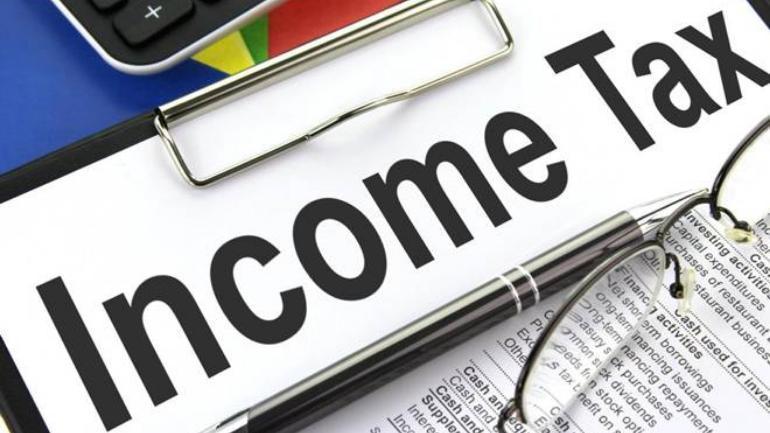Individuals and organizations pay taxes on the income they earn during a financial year. This is income tax.
IT is among the most important sources of revenue for the government. The tax rate is not uniform for all individuals. It depends on how much you earn that year. Here’s a look at the current tax slab scenario in India, after finance minister Arun Jaitley announced the welcome revisions for 2019-20.
These will all take effect starting from April 1, 2019, the first day of the new financial year.
Income tax slabs
Any person who earns more than the tax-free level has to pay income tax. The current tax-free limit is Rs.2.5 lakh. If you earn more than that, the tax rate depends on how much you earn and your age. Income tax exemption limit varies depending on age bracket.
Income tax general public
For men and women below 60 – for the tax assessment year 2017/18, the tax slabs are:
| Income Slab | Tax Rate |
| Income upto Rs.2.50,000 | Nil |
| Income above Rs.2.50,000 to Rs.5,00,000 | 5% |
| Income above Rs.5.00,000 to Rs.10,00,000 | 20% |
| Income above Rs.10,00,000 | 30% |
Income tax slab for FY 2016-17 for female taxpayers is same as for male taxpayers.
Income Tax for senior citizen
For men and women who are 60 or above, but below 80 – for the tax assessment year 2017/18, the tax slabs are:
| Income Slab | Tax Rate |
| Income upto Rs.3.00,000 | Nil |
| Income above Rs.3.00,000 to Rs.5,00,000 | 5% |
| Income above Rs.5.00,000 to Rs.10,00,000 | 20% |
| Income above Rs.10,00,000 | 30% |
Income Tax for very senior citizen
For men and women above 80 – for the tax assessment year 2016/17, the tax slabs are:
| Income Slab | Tax Rate |
| Income upto Rs.2.50,000 | Nil |
| Income upto Rs.5,00,000 | Nil |
| Income above Rs.5.00,000 to Rs.10,00,000 | 20% |
| Income above Rs.10,00,000 | 30% |
For all taxable slabs, an education cess of 3% is added. Irrespective of age, if total income for the year is above Rs.1 Crore, a Surcharge of 15% is levied.
Income tax deductions
Here’s how your taxable income is calculated. The authorities sum up your total income from salary and other sources. Then, they subtracting the sum total of deductions you are eligible for.
The Section 80C Basket
The main deductions come under Section 80C and the total deduction possible is Rs.1.5 lakh. These include:
- PPF
- NSC
- Employees’ Provident Fund (EPF)
- Tuition Fees
- Equity Linked Savings Scheme (ELSS)
- Post Office savings scheme
- Life insurance premiums
- Tax saving fixed deposit
- Contributions to the National Pension Scheme
Other Deductions
- Section 80D: Premiums on health insurance taken for self, spouse, or children (up to Rs.15,000). Premiums on health insurance for parents (up to Rs.15,000). Additionally, a deduction of Rs.5000 if insured is a senior citizen.
- Section 80DD: On medical treatments or insurance for a dependent with 40% disability, you can claim up to Rs.75,000 for deduction. If the dependent’s disability is more than 80%, you can claim up to Rs.1.25 lakh.
- Section 80DDB: On treatment for critical illness, deductions allowed:
- Below 60 – Rs.40,000
- Senior Citizens (60 to 79): Rs.60,000
- Very Senior Citizens (80 and above): 80,000
- Section 80U: If the assessee has mental or physical disability – up to Rs.75,000 if disability is at least 40% . Rs.1.25 lakh if disability is above 80%.
- Section 80E: You can avail deductions on education loans for higher studies. This includes institutes both in India and abroad.
- Section 80EE: Deduction for those who buy their first home.
- Section 80G: Deduction available on approved donations.
- Section 80GG: On rent paid.
- Section 80RRB: Deductions available on income earned through Patents and Royalties.
Section 24(B): Deduction on home loan interest. This is up to Rs.2 lakh for a self-occupied home. There is no limit for a house that you rent out.










